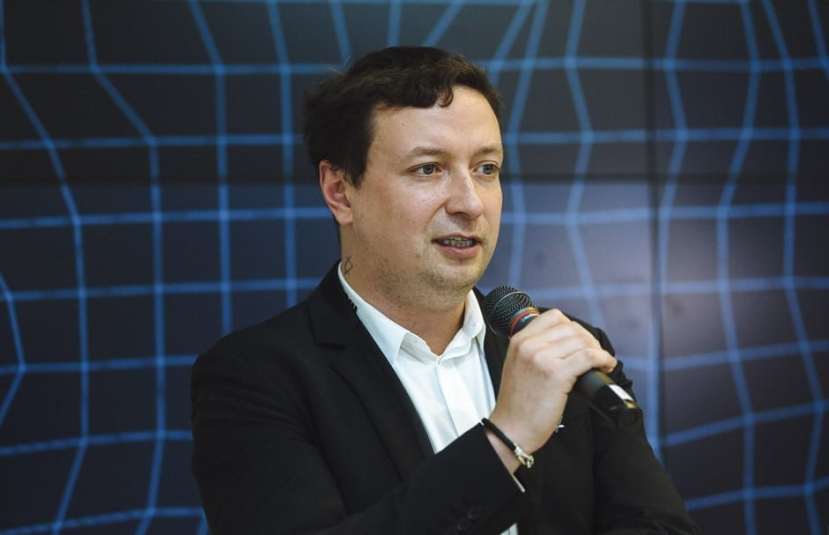One of the most crucial factors which determine whether a blockchain project creates a worthwhile investment depends on its token economy. At the time when the project is going to keep a token sale, its whitepaper would mention how they will maintain a balance between supply and demand of tokens.
Nick Evdokimov, who is Blockchain investment expert lately discussed the main factor how a token economy can really generate these gains for a project's investors. He also stated that having a proper business model which is actually token-based is important to the creation of natural demand. There must be an actual requirement of tokens embedded in its operations. Apart from this, a successful token based business model can also conclude how far a project can support a balance between the supply and demand.
In order to evaluate this, Nick informs investors to check the project's policy with respect to decreasing the number of tokens in circulation. The main cause why this plays a crucial role is that circulation reduction initiates scarcity. Lesser the tokens available in the market, more the value it has. This simply means that when actually demand of token grows, the token's price will rise despite its supply is low.
There are two important tools to reduce the total number of tokens in circulation. These include token burn and token holding. Blockchain projects can implement both the tools for varying degrees to make sure that their investors increase long-term value on the tokens they hold.
Token burn is an easy process. It occurs when a project buys back a certain amount of tokens which are in circulation. Later, it destroys them or makes them unspendable. This reduces the total number of tokens in the market and makes rest tokens more valuable, particularly when they are in demand. Token burns can be done frequently.
For instance, when a blockchain project provides users a payment service, it may do this by charging a certain percentage on all transactions via commission. All the earned commission can be used for a token burn. Hence, the project will reduce supply of tokens and increase the value of rest of the tokens. This doesn't have affect the commission anyway as the token will be worth mostly tokens will be required to pay for a same percentage of the transaction.
Token holding occurs only while the projects own token economy generates a temporary unavailability of tokens. It works only when service structure is to the extent that its turnover is retained in tokens for a longer period of time. This can be observed in token economics which involves stalking and escrow services.
One of the best examples of this can be Blockchain AgTech Company Pavo which permits farmers to sell futures on their products. There are mainly bought by users of the platform who want to buy farmer's crops at discount via earlier purchase. As buyers pay in advance, one portion of the payment is given to farmer and other potion to escrow.
All these escrows are held in the form of Pavo's own pavocoins. When pavocoins are regularly in demand, all Pavo's turnover is mostly on hold for about 4 months. This indeed decreases circulation and increases pavocoin's price. Here also, Pavo follows 100% of its revenue to token burns. Each and every time a farmer's future is bought, the platform takes a commission which is being used to burn pavocoins, almost similar to the first example.










